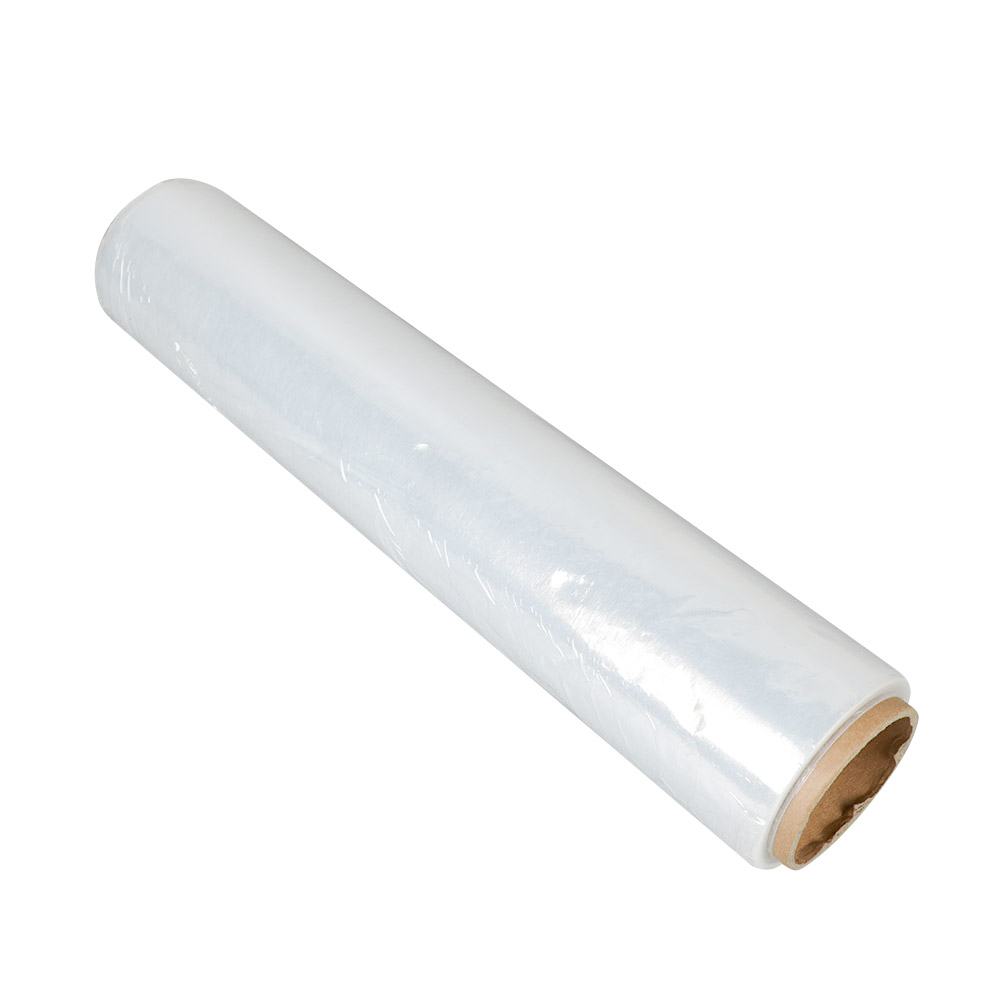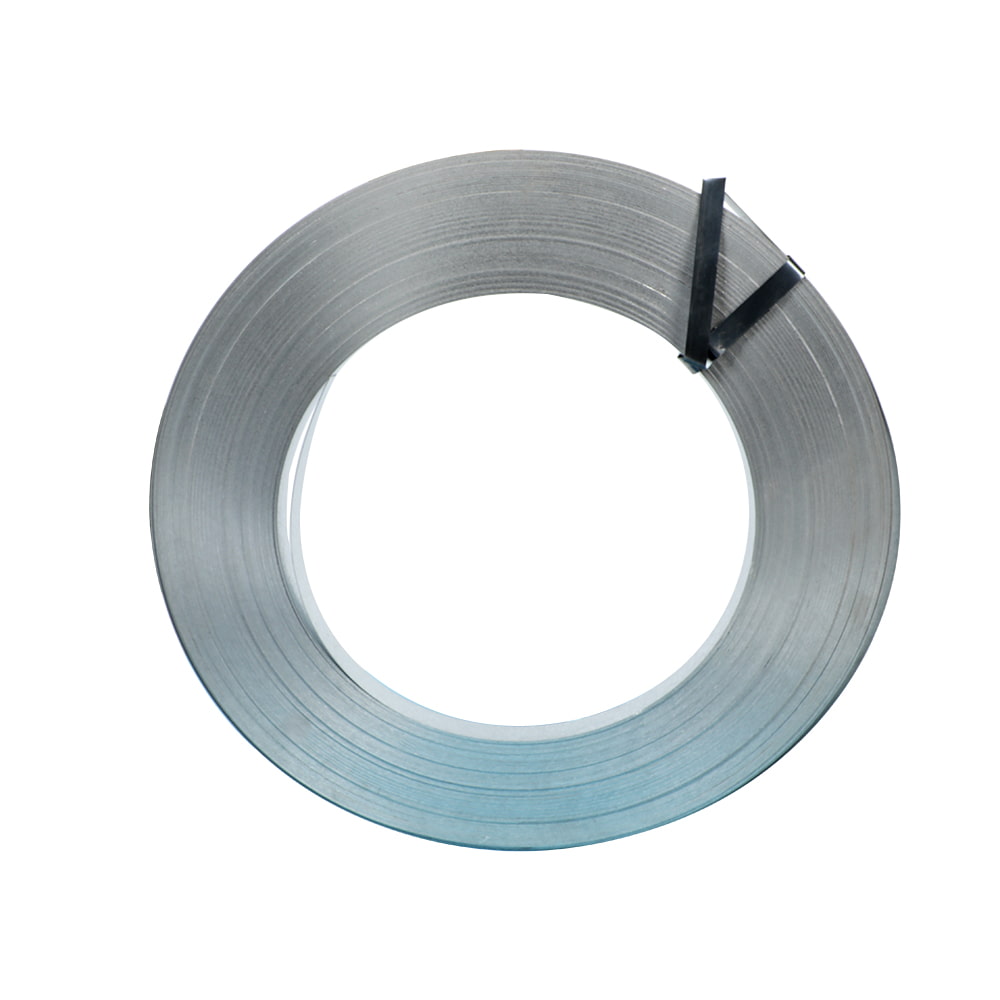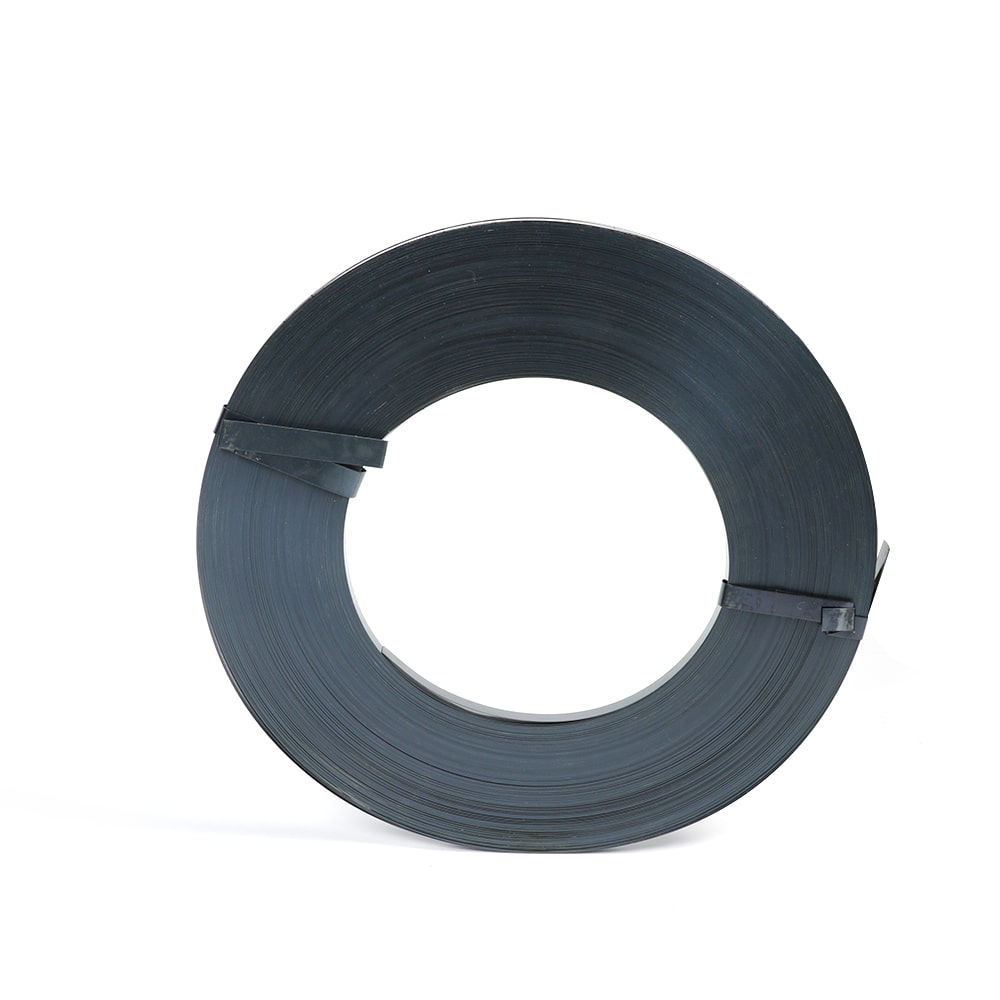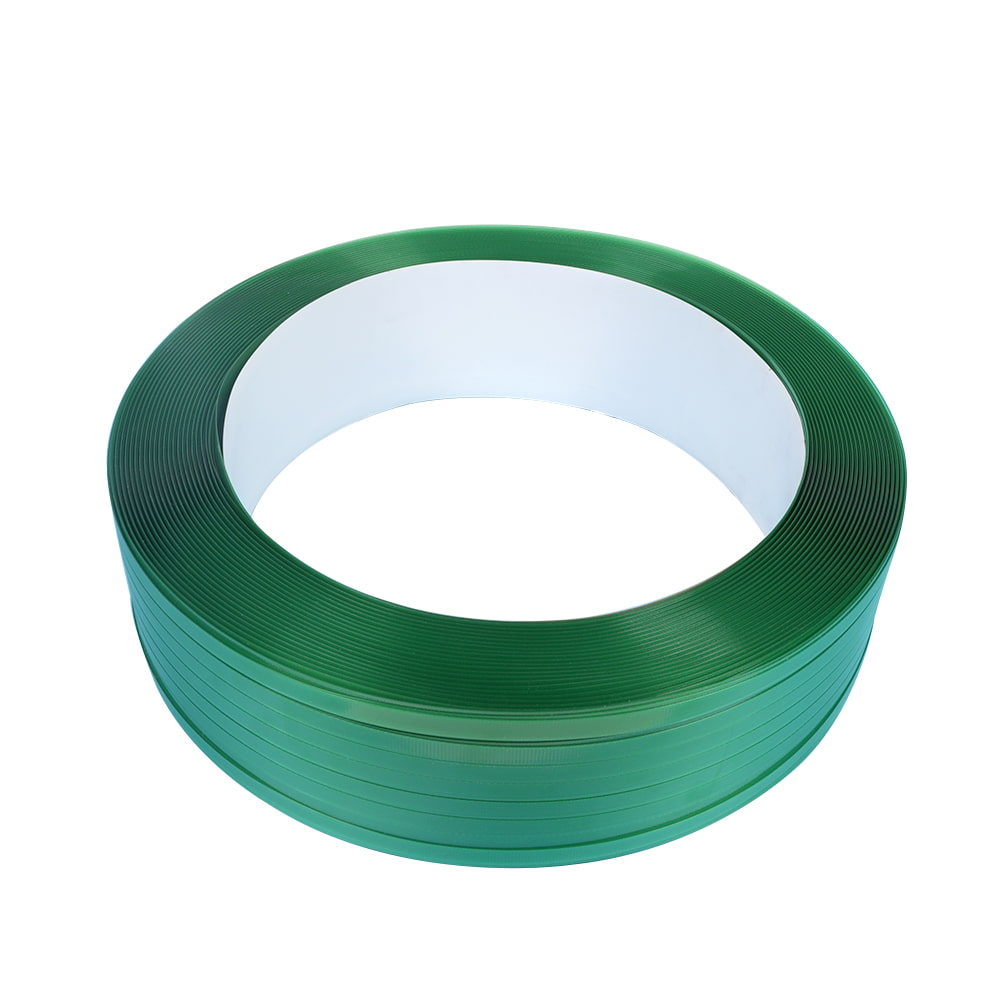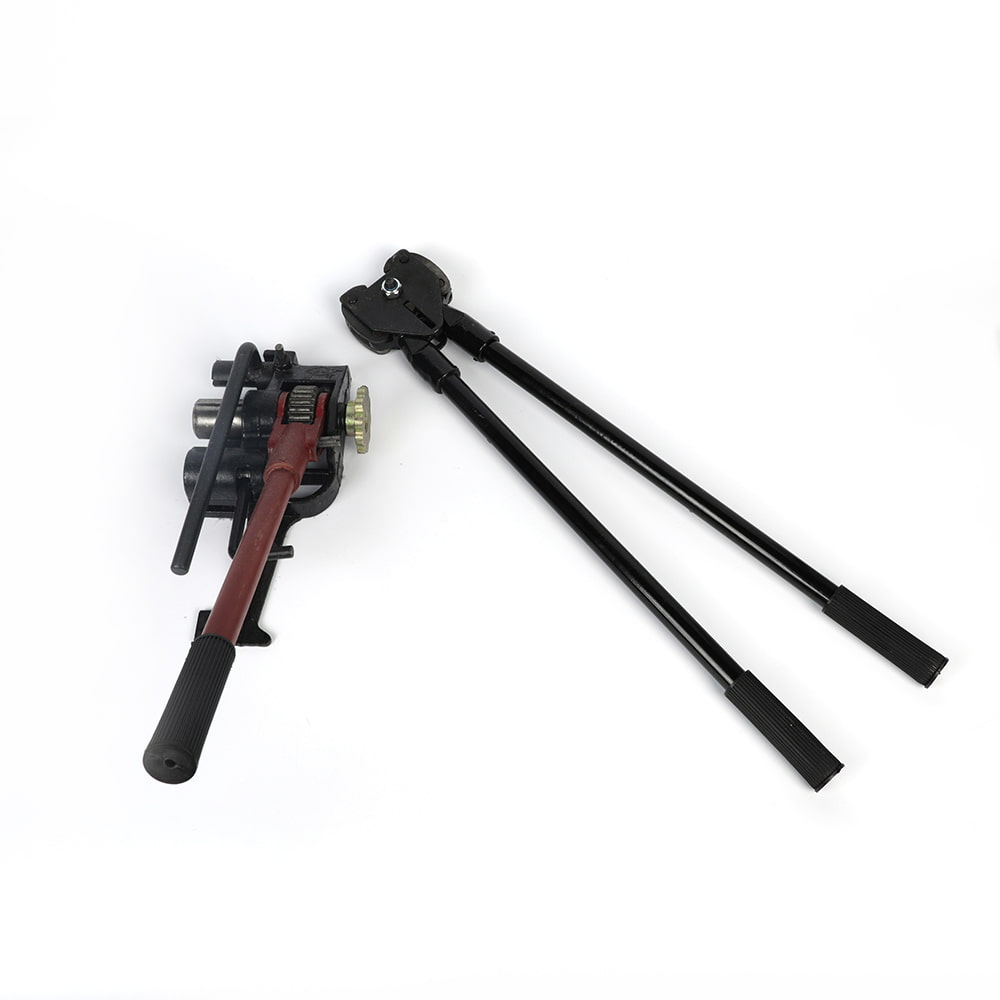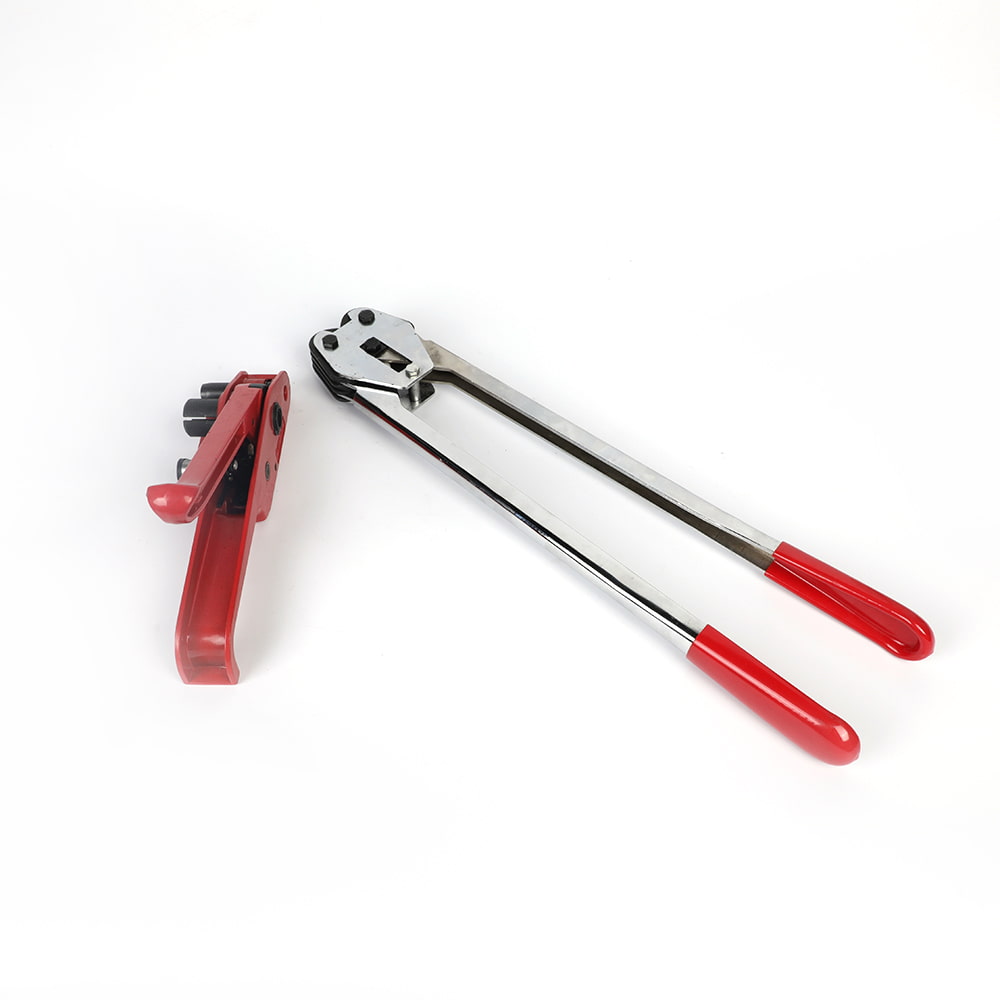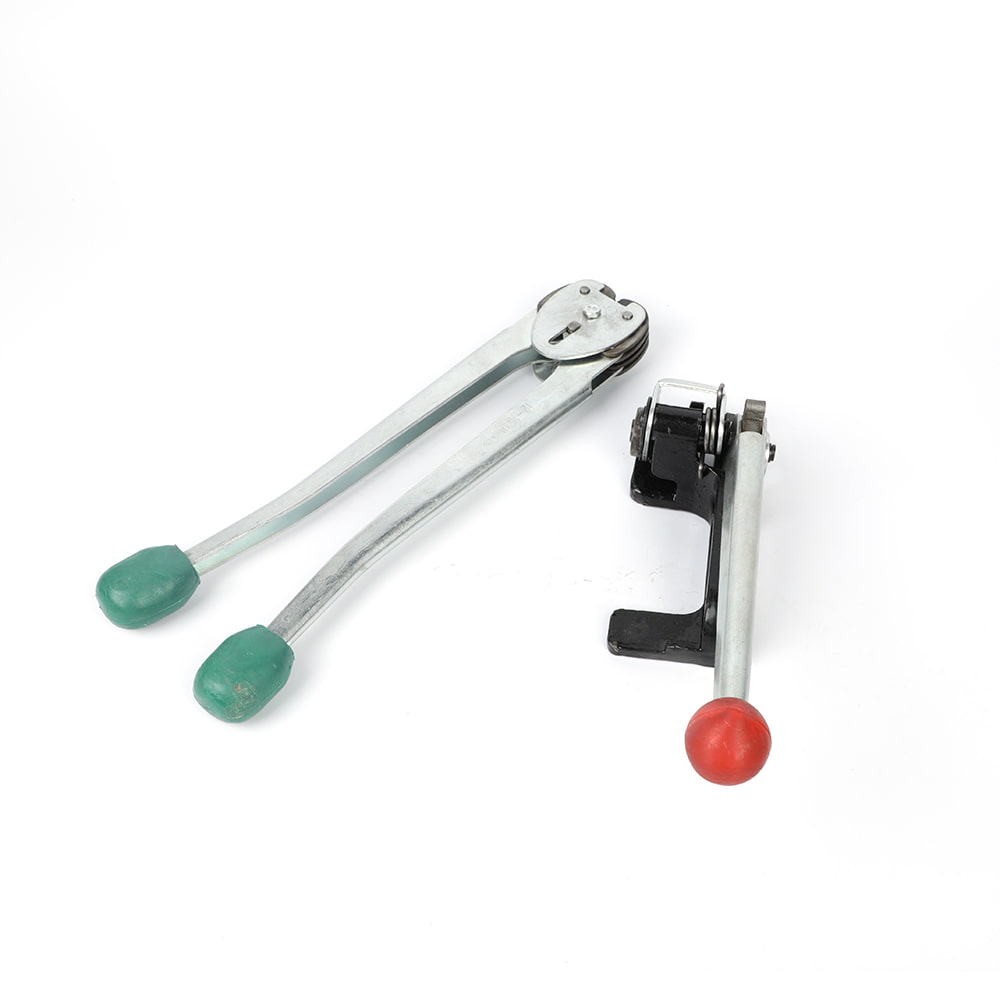The Role of Steel Strapping in Securing Shipping Containers
Author:admin Date:2023-11-16
Steel Strapping Machine plays a crucial role in securing shipping containers and ensuring that goods are safely transported from one location to another. Steel strapping, also known as steel banding, is a robust and durable method of binding and securing loads for shipping and storage. Here are key aspects of the role of steel strapping in securing shipping containers:
Strength and Durability:
Heavy-Duty Applications: Steel strapping is well-known for its strength and durability. It is particularly suitable for heavy-duty applications where high tensile strength is required to secure heavy or bulky loads in shipping containers.
Load Stability:
Preventing Shifting: The primary role of steel strapping is to prevent the shifting or movement of goods within a shipping container during transportation. This ensures load stability and reduces the risk of damage to the cargo.
Resistance to Tension:
Tight and Secure Binding: Steel strapping provides excellent resistance to tension, allowing for tight and secure binding of goods. This is especially important for securing loads that may experience tension forces during transit, such as those subjected to vibrations or sudden stops.
Security and Tamper Resistance:
Deterrence Against Tampering: Steel strapping enhances the security of shipments by providing a tamper-resistant method of sealing and securing containers. It is difficult to cut or remove without specialized tools, serving as a deterrent against theft or tampering.
Weather Resistance:
Protection Against Elements: Steel strapping is resistant to weather conditions, providing protection against exposure to rain, humidity, and other environmental factors during shipping. This helps maintain the integrity of the strapping and ensures continued load security.
Customization for Load Types:
Various Widths and Thicknesses: Steel strapping is available in various widths and thicknesses, allowing for customization based on the type and weight of the load. Different load types may require specific strapping specifications to ensure optimal security.
Compatibility with Automatic Strapping Machines:
Efficient Application: Steel strapping is compatible with automatic strapping machines, making it efficient for high-volume shipping operations. This automation streamlines the strapping process and improves overall productivity.
Recyclability:
Environmental Considerations: Steel is a recyclable material, and steel strapping can be recycled after use. This environmental consideration aligns with sustainable practices and the growing emphasis on eco-friendly packaging solutions.
High Retention Capability:
Maintaining Tension: Steel strapping has high retention capability, meaning it can maintain tension over time. This is important for ensuring that the strapping remains tight and secure throughout the duration of transportation and storage.
Resistance to Sharp Edges:
Protection Against Abrasion: Steel strapping is resistant to abrasion and damage from sharp edges. This feature is critical when securing loads with irregular shapes or edges that could potentially cut through other types of strapping materials.
Application Versatility:
Wide Range of Industries: Steel strapping is widely used across various industries, including manufacturing, construction, agriculture, and logistics. Its versatility makes it suitable for securing diverse types of goods.
While steel strapping offers numerous benefits in securing shipping containers, it's important to handle and dispose of used strapping responsibly. Additionally, consideration should be given to alternative strapping materials, such as polyester or polypropylene strapping, based on specific application requirements and environmental considerations.
Strength and Durability:
Heavy-Duty Applications: Steel strapping is well-known for its strength and durability. It is particularly suitable for heavy-duty applications where high tensile strength is required to secure heavy or bulky loads in shipping containers.
Load Stability:
Preventing Shifting: The primary role of steel strapping is to prevent the shifting or movement of goods within a shipping container during transportation. This ensures load stability and reduces the risk of damage to the cargo.
Resistance to Tension:
Tight and Secure Binding: Steel strapping provides excellent resistance to tension, allowing for tight and secure binding of goods. This is especially important for securing loads that may experience tension forces during transit, such as those subjected to vibrations or sudden stops.
Security and Tamper Resistance:
Deterrence Against Tampering: Steel strapping enhances the security of shipments by providing a tamper-resistant method of sealing and securing containers. It is difficult to cut or remove without specialized tools, serving as a deterrent against theft or tampering.
Weather Resistance:
Protection Against Elements: Steel strapping is resistant to weather conditions, providing protection against exposure to rain, humidity, and other environmental factors during shipping. This helps maintain the integrity of the strapping and ensures continued load security.
Customization for Load Types:
Various Widths and Thicknesses: Steel strapping is available in various widths and thicknesses, allowing for customization based on the type and weight of the load. Different load types may require specific strapping specifications to ensure optimal security.
Compatibility with Automatic Strapping Machines:
Efficient Application: Steel strapping is compatible with automatic strapping machines, making it efficient for high-volume shipping operations. This automation streamlines the strapping process and improves overall productivity.
Recyclability:
Environmental Considerations: Steel is a recyclable material, and steel strapping can be recycled after use. This environmental consideration aligns with sustainable practices and the growing emphasis on eco-friendly packaging solutions.
High Retention Capability:
Maintaining Tension: Steel strapping has high retention capability, meaning it can maintain tension over time. This is important for ensuring that the strapping remains tight and secure throughout the duration of transportation and storage.
Resistance to Sharp Edges:
Protection Against Abrasion: Steel strapping is resistant to abrasion and damage from sharp edges. This feature is critical when securing loads with irregular shapes or edges that could potentially cut through other types of strapping materials.
Application Versatility:
Wide Range of Industries: Steel strapping is widely used across various industries, including manufacturing, construction, agriculture, and logistics. Its versatility makes it suitable for securing diverse types of goods.
While steel strapping offers numerous benefits in securing shipping containers, it's important to handle and dispose of used strapping responsibly. Additionally, consideration should be given to alternative strapping materials, such as polyester or polypropylene strapping, based on specific application requirements and environmental considerations.

 EN
EN 
 English
English 中文简体
中文简体

